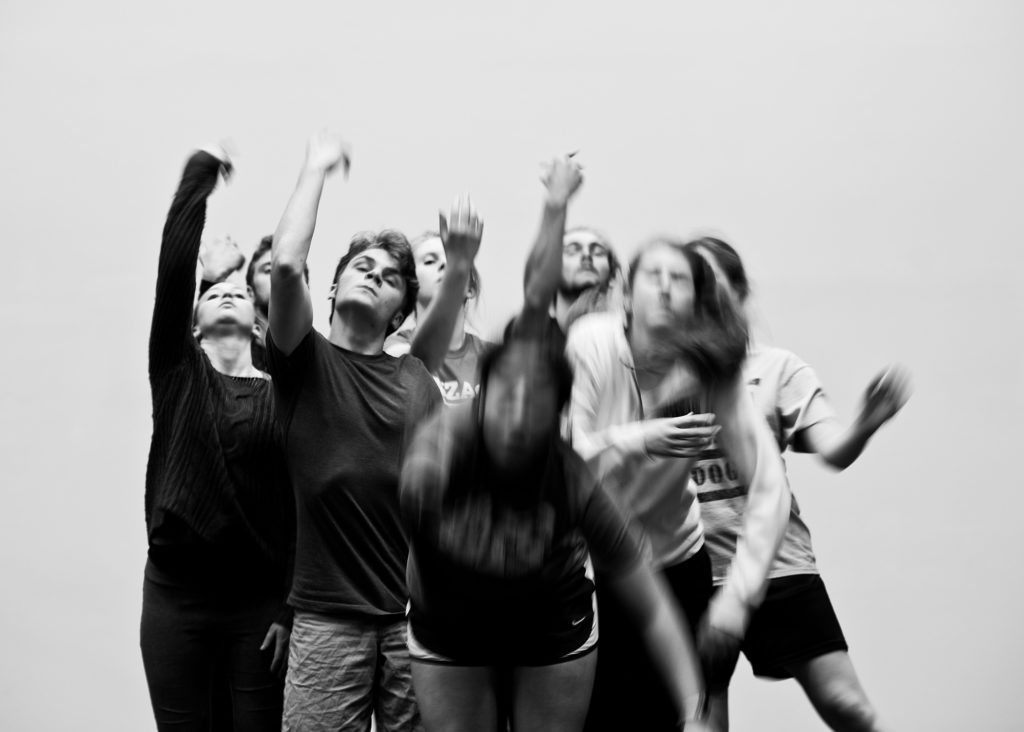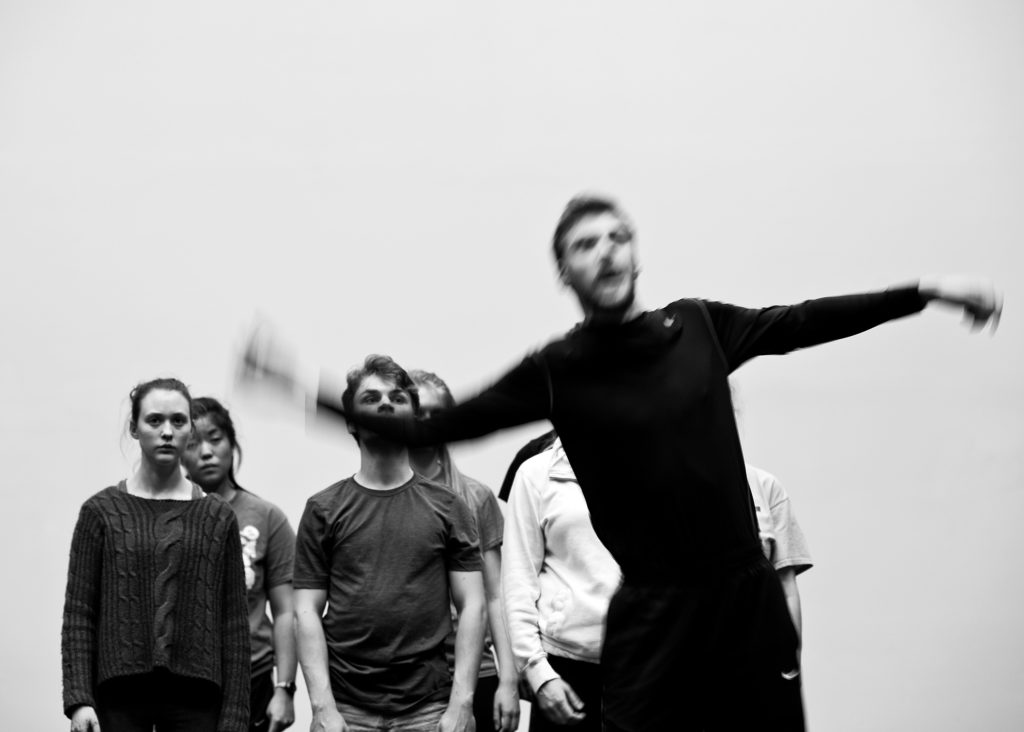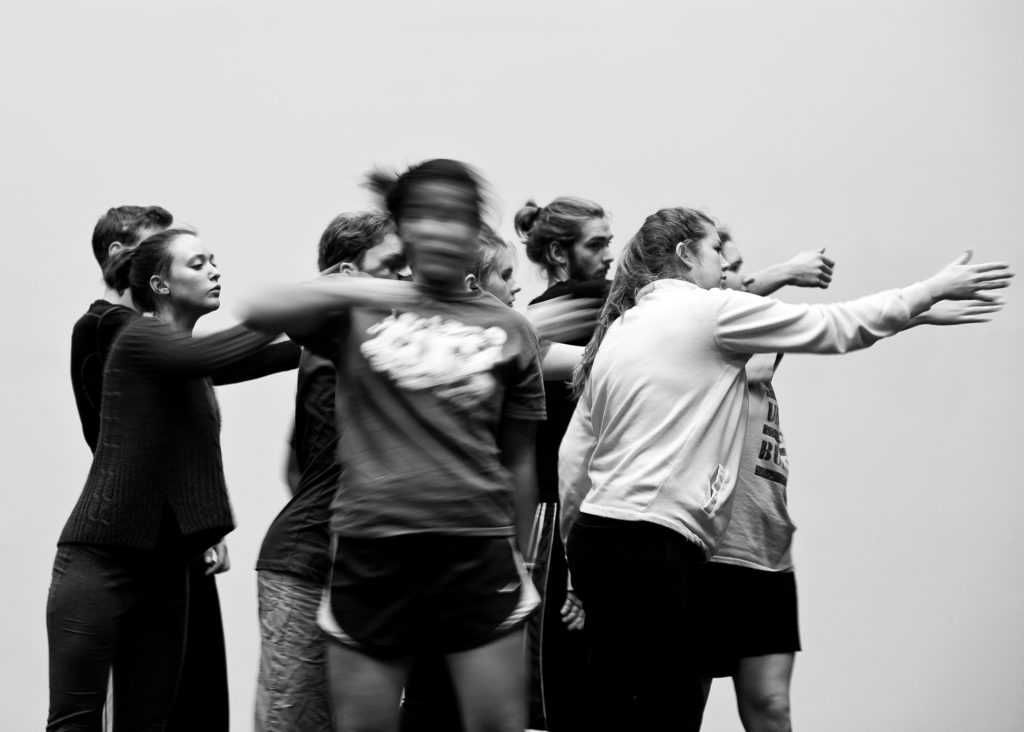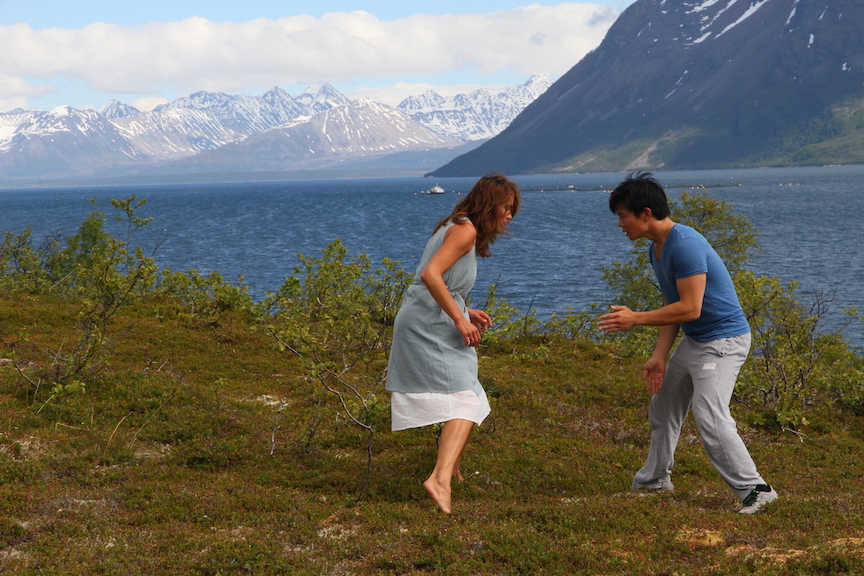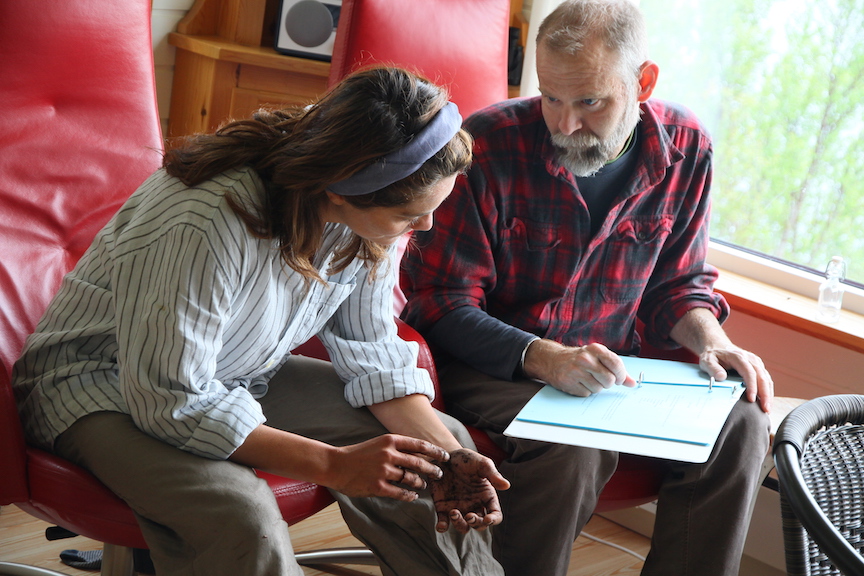Poetry & Performance
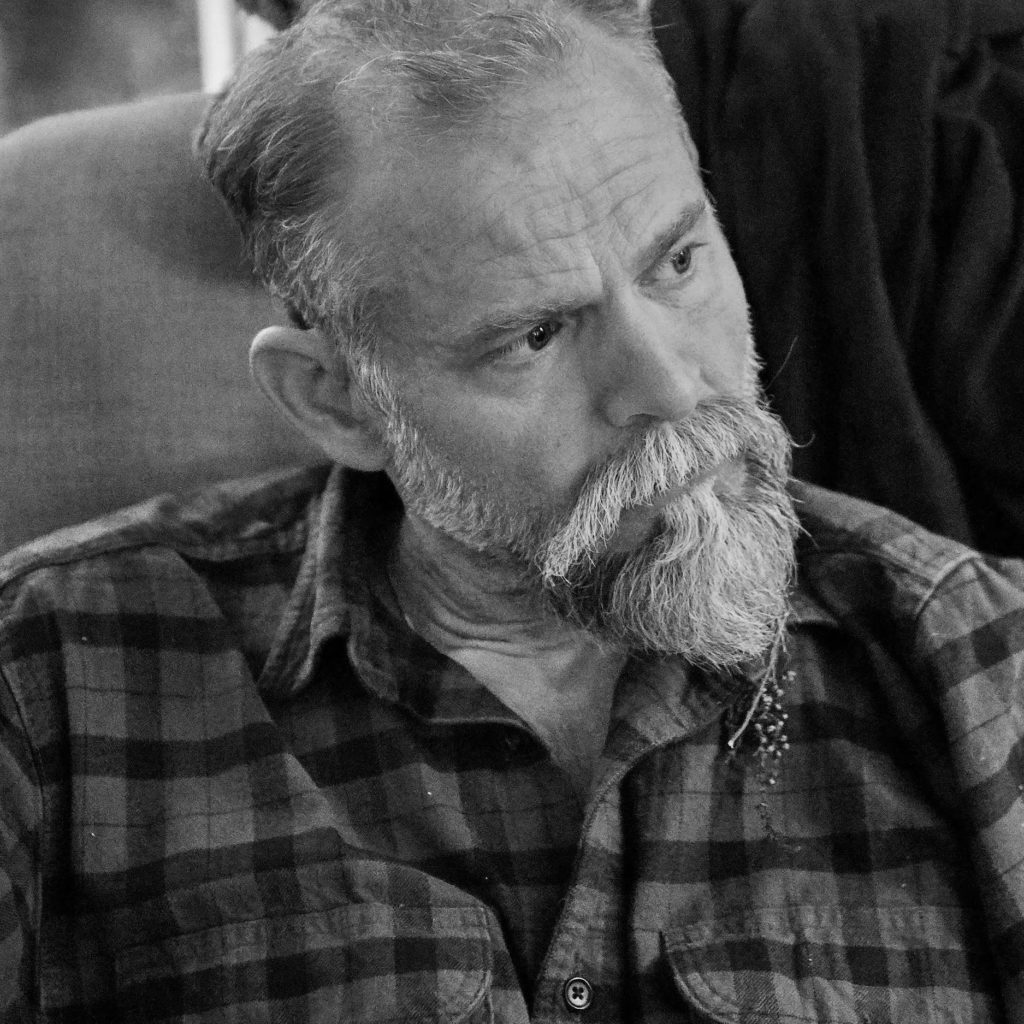
Damon: Something I have wanted to know is whether there is an essential difference when bringing a poem into performance as opposed to a traditional play?
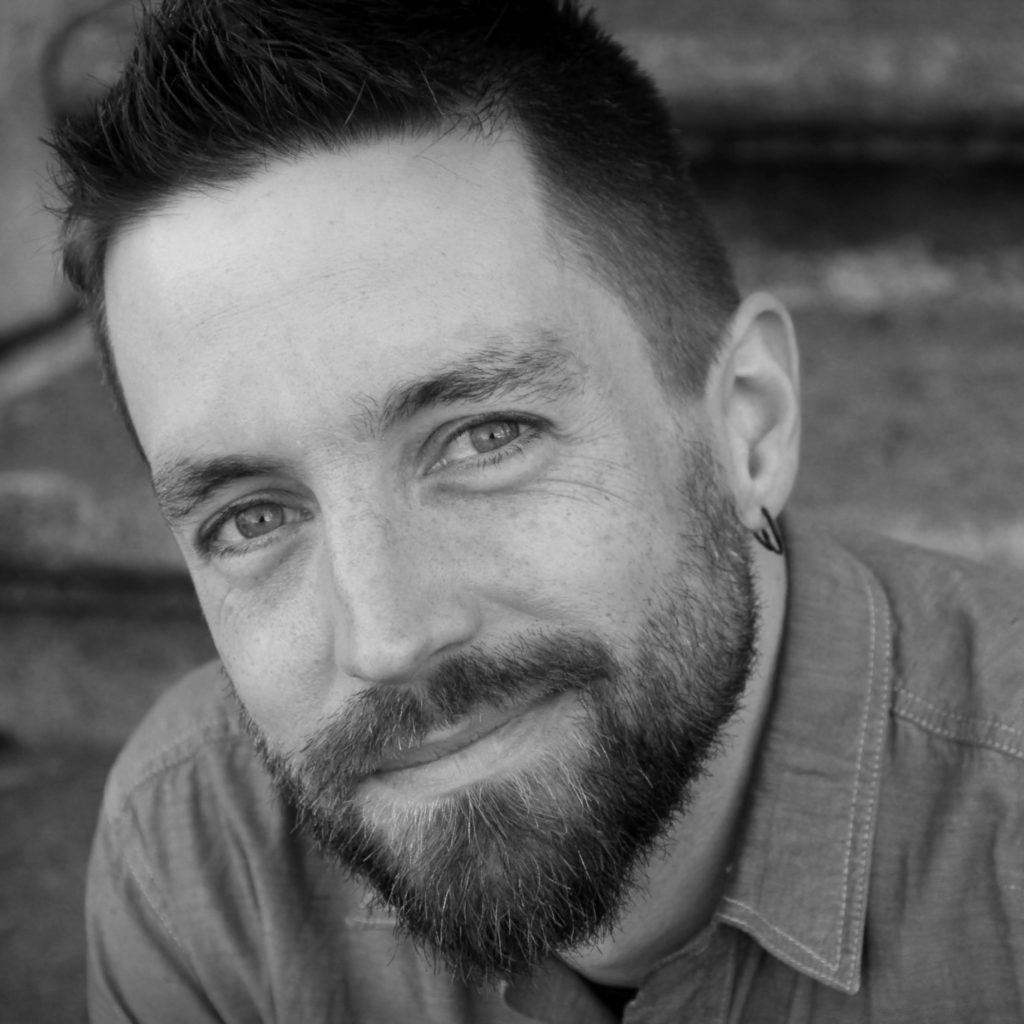
Charlie: I’d say it’s completely different. For me, working with poetry feels like diving into the essential art of the theatre. Poetry as a source for performance often empowers the tools of the theatre in a way that a traditional, “well made” play doesn’t. I’ll admit that seems nonsensical on its face, but then, I’m revealing all sorts of directorial biases there. I blame Edward Gordon Craig, who was arguably the first real stage director in the contemporary sense. He died in 1966. Where Craig shines is when he indicts playwrights for creating plays that are complete on the page and therefore require no imagination for the stage. Craig would say words should never eclipse any other element, but I think words—if there are indeed words involved—will always be paramount in a production. Yet to really create something new, Craig would argue, a project needs a source that is not yet theatrical. That’s not to say that I don’t enjoy the interpretive role of a director, but more and more, I look for opportunities to create something new and specific to the medium.
I have to say though, your more traditional, dramatic writing trusts whoever is going to direct it. I can usually count on one hand the number of stage directions you include, and those are mostly rhythmic guides. That makes the director’s interpretation more like a real, creative collaboration. Poetry is even more of a blank slate and therefore poses even more of an invitation to create.
Rehearsing for Book of Hours at Gonzaga University in 2015. Photos by Karol Jarek
Damon: I am not familiar with Craig’s work, which will not surprise you. But you mention my limited director notes. The choice for me has been to believe in the essential creativity of the director, certainly you as a director but also the role of a director. I recall reading in John Lahr’s magnificent book Tennessee Williams: Mad Pilgrimage of the Flesh how much Elia Kazan contributed to the look of Tennessee Williams’s plays. Lahr is careful to point out that the plays are Tennessee’s, but some of the textures and sometimes the structure are a result of Kazan’s genius, enough so that after a time this seemingly caused a rub between the two men. Or, at least a rub for Tennessee. It’s curious to me for as much as I love the well-made play, I am lean in the director’s notes. Miller, Williams, Wilder, Albee were not lean in the note department.
Charlie: No. Not at all, but I think that has as much to do with their era and the mid-century audience’s expectations for how a play should be staged. After seeing Ivo Van Hove’s production of Miller’s A View from the Bridge, I wondered what Miller would have thought. Van Hove staged View in a square that recalled a boxing ring. He left it raw and let the audience fill in the gaps. That minimalism turned Miller’s realist family saga back into mythology. It was certainly Miller’s language, but much of his stage directions and detailed descriptions were gone. Still, I could see the play and its conflicts more clearly—maybe more objectively—as a result. Van Hove charts an important line between interpretation and creation.
Damon: John Berger wrote that “trust” is the principle element in collaboration. I wonder about that. I suppose I am undecided. What do you think about trust in the collaborative process?
Charlie: It’s the main thing. No question. Trust starts with an understanding that the work cannot be about any single member of the team. Not the playwright. Not the director. Not the leading actor. Everyone serves the production itself.
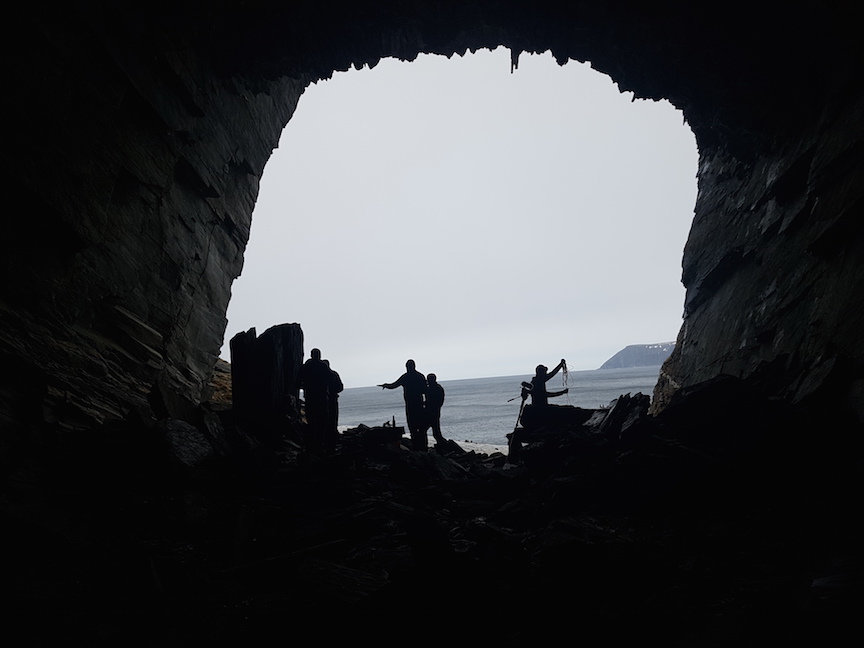
Damon: I don’t doubt trust is necessary for collaboration, but I mistrust blind trust. I do, however, believe everyone involved in a play is at some level creative, and because of this, there may be opportunity for a play to bloom in an unexpected, even beautiful way.
Scent feels different though, which may only be personal. I am not sure how much I envisioned Scent as a performance. I didn’t when I started writing it. The poem and the process of writing the poem has possessed me for years now. I am still not free of it. After it took shape, I recall basically saying to you “here, read this.” Does this seem right? There have been many conversations since, but at the start, you were handed 30-plus page poem. You got your source, as you say, that was not yet theatrical.
Charlie: That’s how it started, but until now, I didn’t know you intended me to find a performance in it. The original 35-page draft of what we now call The Scent of a Thousand Rains stands on its own as a fine book length poem. I’ve worked with you as an editor as much as I have as a director. I was glad to get the poem and to read it as a poem, but then, I figured you would not be too surprised when I proposed it as the basis for a performance piece.
I know directors who are driven by story or character. That’s the way projects start for them. For me, it’s always a question of form. That’s my way in. When we began Laura it was as a medium to explore the way physicality might complete a text, the way the body might become co-equal with word and image.
On Reinøya in N. Norway, working on Laura in 2015. Photos by Rebekah Wilkins-Pepiton
Damon: That was tough. I don’t know if I should have been more or less intentional with my effort for that production. I suppose there were many directions Laura could have gone.
Charlie: We worked to set your poetry against a series of choreographed movements. That was the beginning, and we followed the question to see where it would take us. I didn’t anticipate it becoming a film, but that’s where the journey took us.
And when I read Scent, I saw a poem that was anything but spare, the way your poetry was for Laura, and I was curious about how such lush language might be an opportunity to work in a very old way while making something new. Craig argued that “the theatre must not forever rely upon having a play to perform, but must in time perform pieces of its own art.” I think poetry bends toward pure theatricality more evocatively than dramatic texts. Phyllida Lloyd’s production of The Rime of the Ancient Mariner with Fiona Shaw is a fantastic example of that notion. Shaw performed the text in direct address to the audience. She shared the stage with a contemporary dancer who became many things, the albatross being just one. Lloyd’s work is an example of what is possible when just a few key theatrical elements are used well: a rich poem, a clear directorial vision, the essentials of design, and commanding performances. With Scent, I saw an opportunity to explore something in that direction. It is an ancient form, but we haven’t changed so much as humans that we can’t still be moved by such a direct, heightened experience. Perhaps now more than ever, I’m after the sort of unmediated, human-to-human connection that we’ve found in The Scent of a Thousand Rains.
Writer Damon Falke & Director Charles M Pepiton have been creating and producing work together for theatre and film since 2008.

